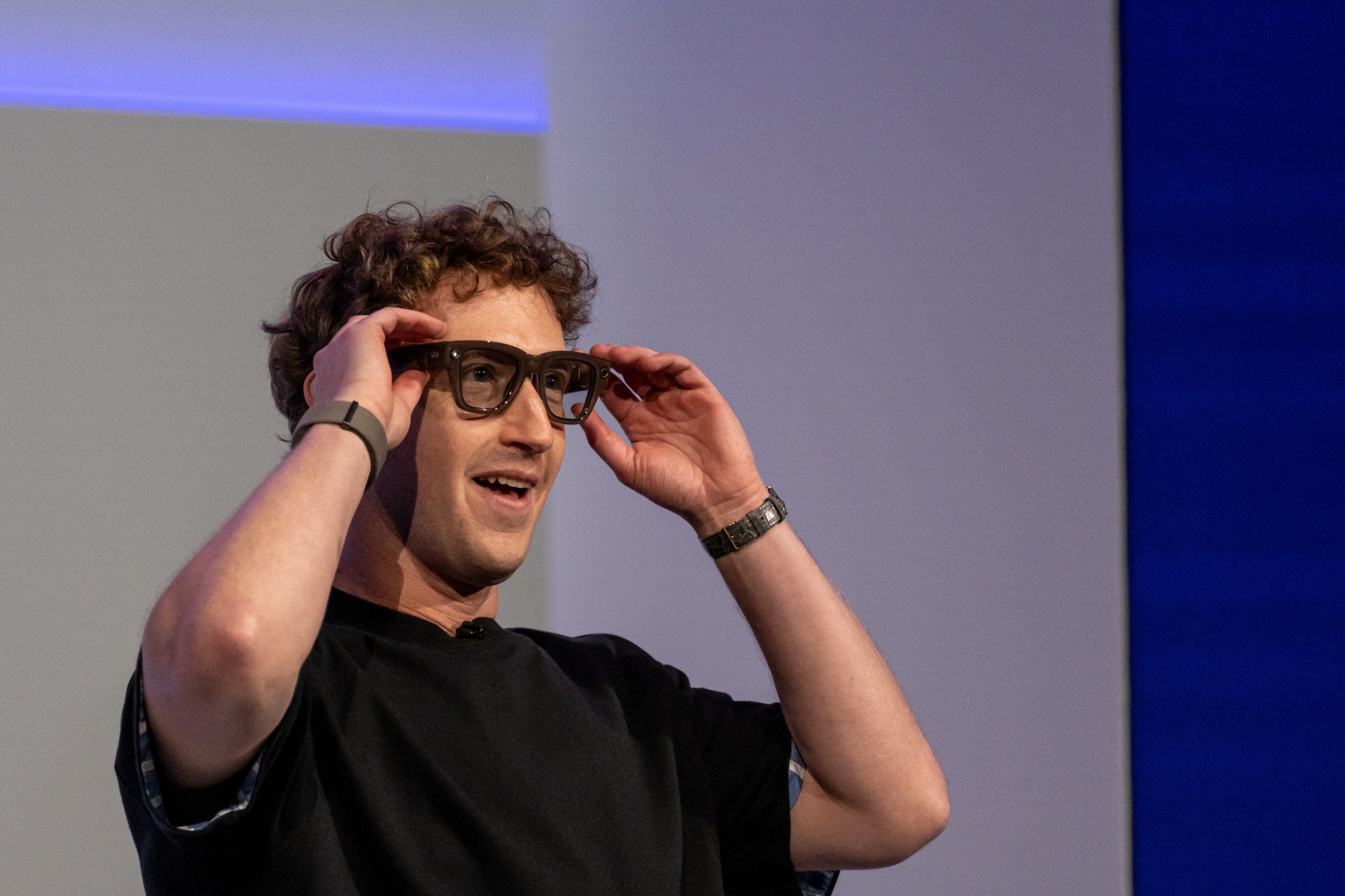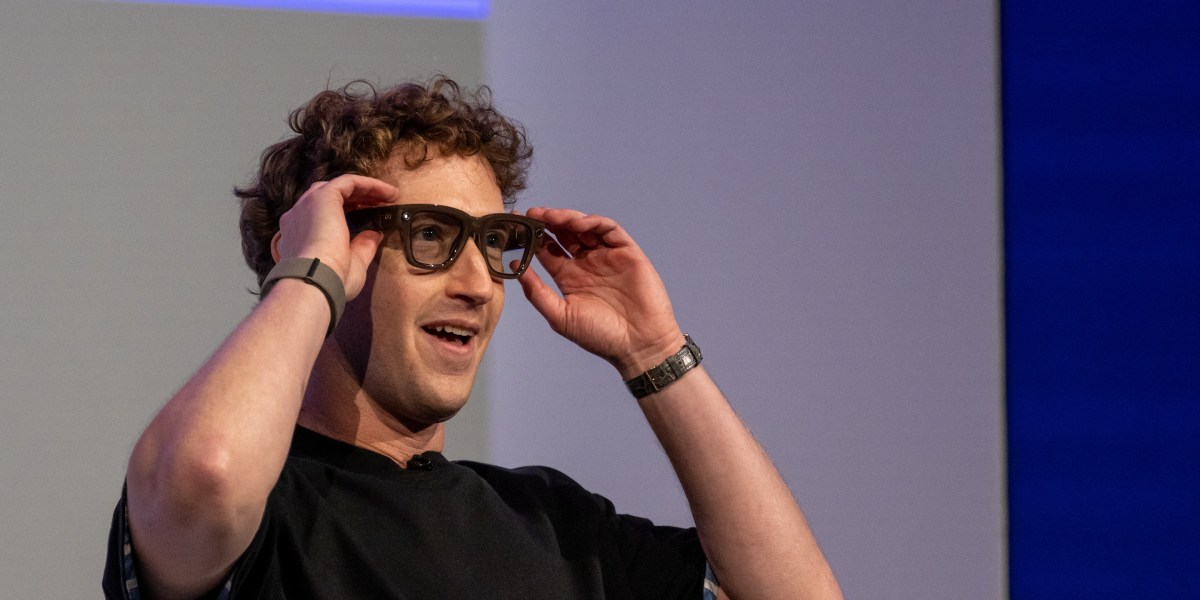
Meta’s latest smart-glasses lineup includes the Ray‑Ban Display with a built‑in lens display, the updated Ray‑Ban Meta Gen 2, and the sport‑focused Oakley Meta Vanguard, with headline prices of $799, $379, and $499, respectively, at Meta Connect 2025.
But Wednesday’s grand unveiling was overshadowed by a live on‑stage demo that repeatedly failed, culminating in Mark Zuckerberg being unable to answer a video call via the new neural wristband while assuring the audience “it’s all good” amid Wi‑Fi excuses.
What they are
Meta is pushing a tiered family of AI glasses that range from camera‑ and audio‑first models to a new pair with an integrated transparent display, all centered on hands‑free capture, Meta AI assistance, and voice or wristband control. The Ray‑Ban Display adds a see‑through lens readout and relies on a neural wristband for subtle gesture control, marking Meta’s first consumer smart glasses with a built‑in display.
Models and price
- Ray‑Ban Display: $799, see‑through display in the right lens, controlled via a neural wristband; slated to go on sale September 30 with two sizes and prescription options.
- Ray‑Ban Meta (Gen 2): Starting at $379, with an upgraded 12-megapixel camera, 3K video capture, up to eight hours of typical use, 32 gigabytes of storage, IPX4 water resistance, and wider lens/frame options; Gen 1 remains at $299.
- Oakley Meta Vanguard: $499, sport‑oriented frames with IP67 durability, 12-megapixel ultra‑wide camera up to 3K video, louder speakers, five‑mic array, fitness integrations, and quick‑charge to 50% in 20 minutes.
Key features
Meta AI powers voice queries, hands‑free photos and video, real‑time translation, and context‑aware assistance across the lineup, with the Display model extending glanceable interactions into the lens itself. A neural wristband enables subtle finger gestures for control on the Display glasses, and Meta also highlighted “conversation focus” audio processing to better hear voices in live environments.
Reception so far
Early hands‑on coverage has been notably upbeat for the Display glasses, with one reviewer from The Verge calling them the best smart glasses tried to date and another saying they “feel like the future,” while also noting they’re the product to beat for the category. Broader coverage praised Gen 2’s practical upgrades and battery gains, but also flagged the high‑profile live AI demo faltered on stage, tempering the otherwise strong showing.
Zuckerberg’s demo misfires
During a cooking segment, the glasses’ live AI misinterpreted prompts, insisted base ingredients were already combined, and suggested steps for a sauce that hadn’t been started before the host punted back to Zuckerberg citing Wi‑Fi issues, prompting his “it’s all good” reassurance to a laughing crowd. “The irony of all this whole thing is that you spend years making technology and then the Wi-Fi on the day kinda… catches you,” Zuckerberg said, laughing. “We’ll go check out what he made later.”
Later, while wearing Ray‑Ban Meta glasses and the neural wristband, Zuckerberg repeatedly failed to answer an incoming video call on stage despite multiple attempts, eventually giving up as the ringtone continued, with other outlets noting similar struggles during the event.
Long-term bets
Fortune has reported on Meta’s broader smart‑device roadmap, including a “Hypernova” pair of smart glasses expected to use a wristband controller akin to the company’s ambitious Orion AR project, underscoring Meta’s long‑term bet on neural wrist interfaces across its wearables. That wrist‑first interaction model mirrors the neural-band approach Meta just showcased for the Ray‑Ban Display, suggesting strategic consistency between near‑term products and pipeline devices.
For this story, Fortune used generative AI to help with an initial draft. An editor verified the accuracy of the information before publishing.









Leave feedback about this